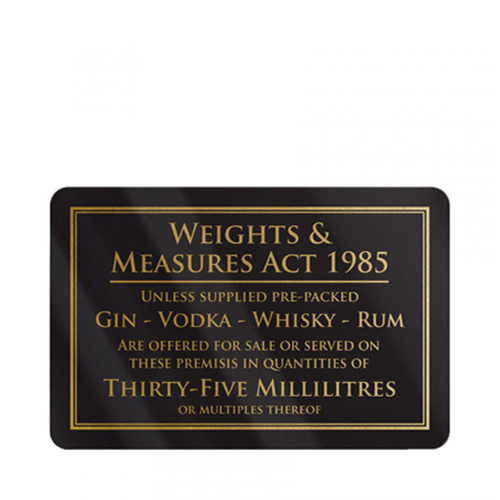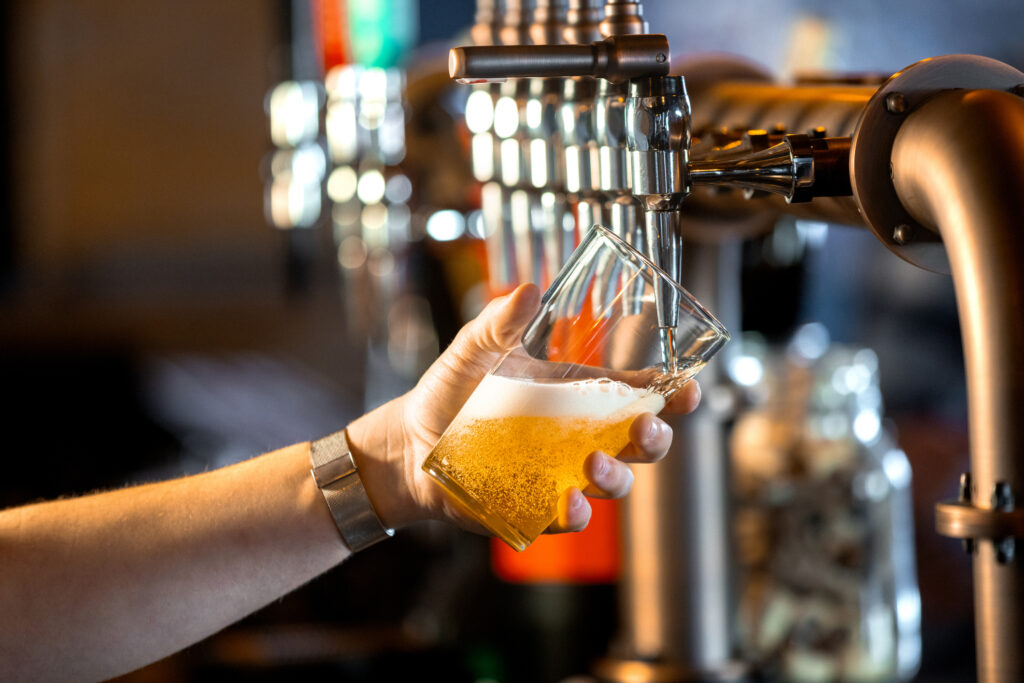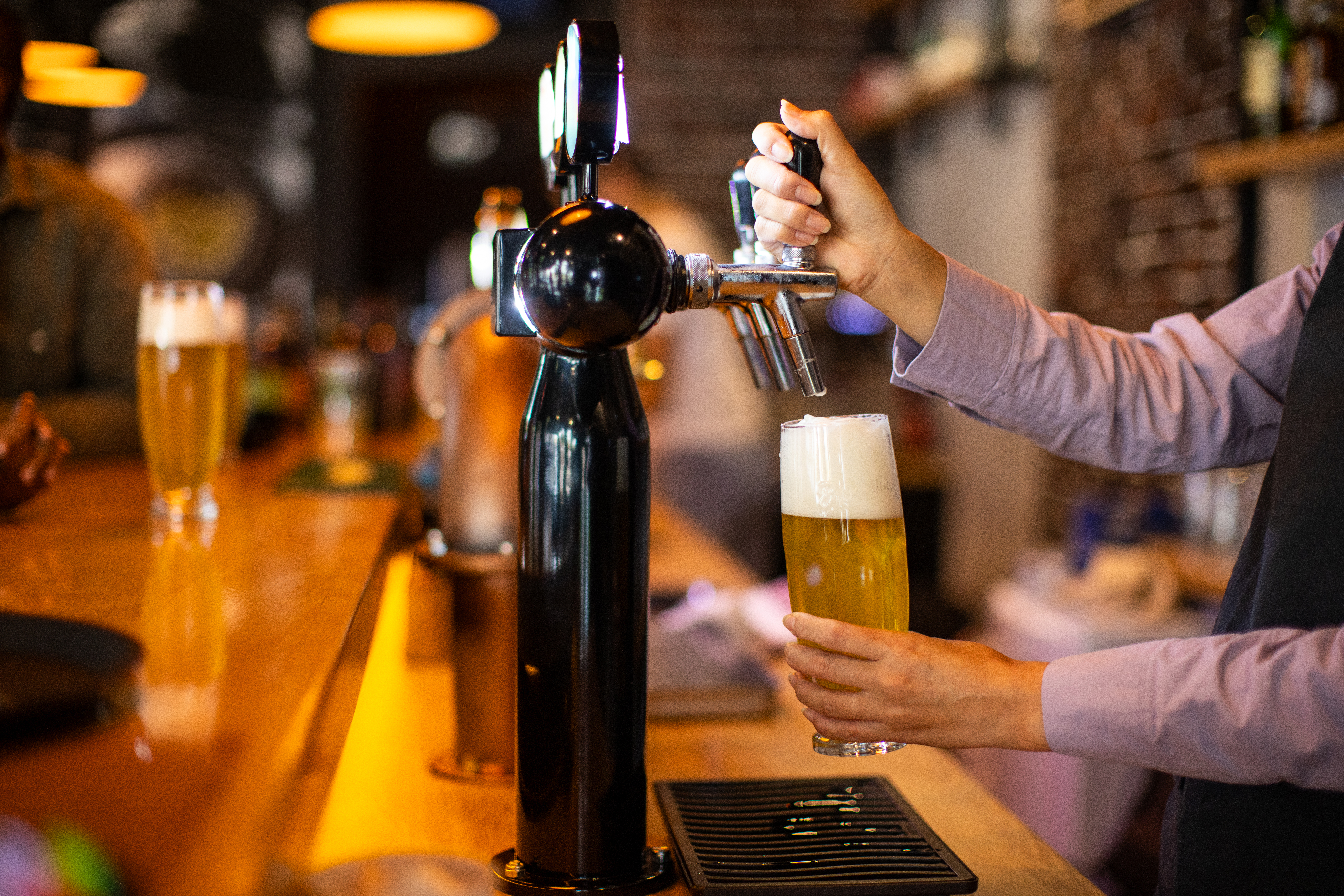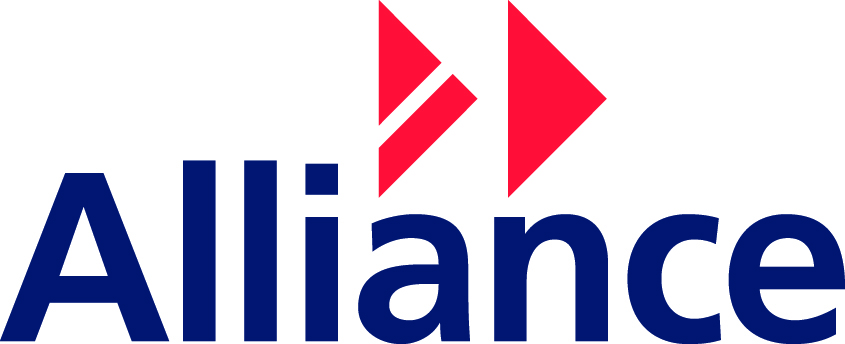In the United Kingdom, ensuring accurate and consistent measurement in trade is a legal requirement. For restaurants, pubs, and bars, this is particularly important when serving food and beverages, especially alcoholic drinks. The foundation of this requirement is the Weights and Measures Act 1985, which sets the legal standards for measuring and selling goods. As of 2025, the Act remains a cornerstone of trading regulations in hospitality and catering, and understanding its provisions is essential for business owners, managers, and staff.
This article provides an overview of the Weights and Measures Act 1985 and offers a practical guide to pouring measures in restaurants in 2025. The aim is to help hospitality professionals stay compliant with UK law while maintaining high standards of service.
What is the Weights and Measures Act 1985?
The Weights and Measures Act 1985 is legislation passed by the UK Parliament to regulate the use of units of measurement and ensure accuracy in trade. The act is enforced by local Trading Standards authorities, who carry out inspections and investigations to ensure compliance.
It applies to the sale of goods by weight or measure. It covers everything from packaged food to loose goods and most notably for restaurants, the sale of alcoholic beverages. Under the act, certain goods must be sold using specific units of measurement and the measuring instruments used must be approved, verified and stamped to indicate accuracy.
The key objectives of the act are:
- To ensure fair trading practices.
- To protect consumers from short measures.
- To ensure accuracy and consistency across all forms of trade.
For the hospitality industry, this legislation directly affects how drinks are served and how menu information is presented to customers.
Key Requirements of the Act Relevant to Restaurants
Restaurants are primarily affected by the act in the following ways:
1. Alcoholic Drink Measures
Alcoholic drinks such as gin, whisky, vodka, and rum must be sold in prescribed quantities when served in licensed premises. These are:
- 25 millilitres (ml) or 35 ml for a single measure (the premises must choose one standard and use it consistently).
- 50 ml or 70 ml for a double measure, depending on the single measure chosen.
Pubs and restaurants must clearly display the measure they use, usually on menus or drinks lists. For wine and beer, specific guidance also applies:
- Still wine must be available by the glass in 125 ml, 175 ml, and 250 ml servings.
- Beer and cider must be served in pints, half-pints, or thirds of a pint, with the measure indicated.
2. Use of Stamped Measuring Instruments
All measuring equipment used to dispense drinks must be trade-approved and stamped. This includes optics, spirit measures, and automatic dispensing systems. These devices must not be tampered with, and if they become inaccurate, they must be repaired or replaced immediately.
3. Declaration of Quantity
Restaurants must declare the quantity of alcoholic drinks being sold. This requirement ensures customers know exactly how much alcohol they are purchasing. For example, if a cocktail contains more than one spirit, each component must be measured accurately and not by estimation or ‘free pouring’.

Best Practice for Restaurants
As of 2025, the expectations for precision and transparency in the hospitality sector have grown, particularly in light of increased consumer awareness and technological developments. The following guidance offers practical steps for restaurant operators to stay compliant and provide excellent service.
1. Select Standard Measures and Use Them Consistently
When choosing between 25 ml and 35 ml for a single spirit measure, restaurants must apply this choice across the entire premises. Staff should be trained to use the chosen measure without deviation. Double measures must also reflect the correct multiplication of the single standard used.
2. Use Calibrated Measuring Equipment
Avoid free pouring unless using a measuring cup (thimble measure) or approved dispensing system. All equipment must bear the CE or UKCA mark and a verification stamp indicating it complies with legal standards. Replace any worn or unverified equipment promptly.
3. Label Drinks Clearly
Clearly display the measure of all alcoholic drinks on menus and behind the bar. This transparency is a legal obligation and reassures customers they are being served fairly. Cocktail menus should specify the quantities of each component used, particularly when more than one alcohol is present.
4. Train Staff Thoroughly
Staff must understand the legal pouring requirements, the proper use of measuring instruments, and the importance of accuracy. Regular training sessions and refresher courses should be conducted. Staff should also be taught how to deal with customer enquiries about measures and how to check equipment for accuracy.
5. Conduct Regular Internal Audits
Periodically check measuring devices and serving practices to ensure ongoing compliance. Record-keeping can demonstrate due diligence in the event of a Trading Standards inspection.
6. Use Technology Where Appropriate
In 2025, many restaurants have adopted digital dispensing systems that automatically deliver precise quantities. These systems are efficient and reduce human error, but they must still be legally verified and approved. Integrating these technologies can improve consistency and compliance.

Penalties for Non-Compliance with Weights and Measures Regulations
Failure to comply with the Weights and Measures Act 1985 can lead to significant penalties, depending on the nature and extent of the breach. Penalties are determined by several factors, including the seriousness of the offence, the number of previous violations, and whether the breach was intentional or due to negligence.
One of the most common breaches in the hospitality sector is the failure to clearly inform customers of the quantity of alcohol being served. This includes not displaying the size of standard measures for spirits and wine. The maximum penalty for this type of offence is £2,000.
More serious violations, such as using incorrect or non-standard measures, can result in fines of up to £5,000. These higher penalties reflect the greater potential for misleading consumers and undermining fair trading practices.
In addition to issues with quantity, establishments can also face penalties related to product quality and authenticity. It is a legal requirement to ensure that all products served are of the correct type and strength and are as advertised. For example, serving diluted or substituted alcohol, whether intentionally or due to poor storage practices, may result in enforcement action. Common issues include:
- Use of open-topped dispensers leading to alcohol evaporation
- Improper storage resulting in contamination or dilution
- Substitution of premium products with lower-quality alternatives
To avoid these risks, restaurants and bars should implement regular checks on both the quantity and quality of the beverages they serve. This includes maintaining clean, sealed dispensing equipment, properly labelling products, and training staff to follow correct procedures.
By establishing clear internal controls and ensuring staff are fully informed, businesses can reduce the risk of non-compliance, avoid financial penalties, and uphold consumer confidence.
Here at Alliance Online, we understand the importance of undertaking the correct procedures and operating in a respectable manner. With our 25 years of experience in the commercial sector we have acquired the knowledge and expertise surrounding barware and the legalities that need to be observed before opening an establishment. For more information regarding our spirit measures please feel free to take a look at our collection here.


